Blinman Mine Underground Experience
The Blinman Underground Experience is an innovative tour through the historic Blinman copper mine. Aided by the addition of an informative sound and light display, the tour takes the visitor back through time showing the daily lives of the miners and their families.
The tour explores the tunnels, the main shaft and the stopes. These were terrible working conditions for miners, where dust, near darkness, holes in tunnel floors and explosions in the rock walls were challenges. This was indeed one of the world’s most horrible jobs.
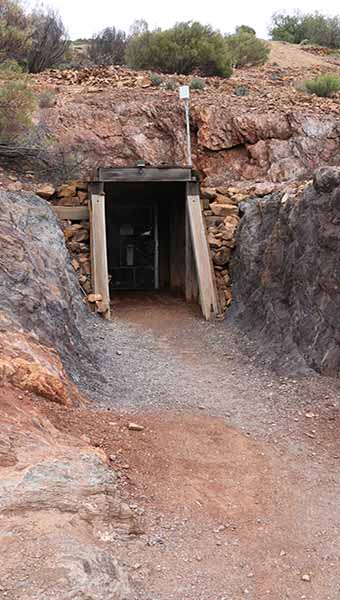
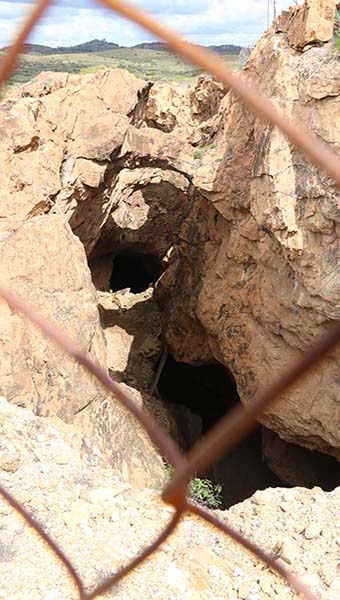
History of the Blinman Mine
The mine first opened in 1862, after a shepherd, named Robert Blinman, discovered an outcrop of copper ore in 1859. The mine operated off and on until 1907, closing at various times due to financial difficulties, low copper prices and eventually the exhaustion of payable ore.
Smelting works were erected in 1863 to reduce the high cost of cartage to Port Augusta. The workings reached 91 metres deep in 1870, but water was found in the shaft. A steam engine was erected to pump the water and haul ore from the lower levels. Despite the improvements the mine closed in 1874.
The mine reopened when the railway line reached Parachilna in 1882, but this venture failed. There were several openings and closures during the following 25 years.
Blinman Mine was the largest producer and the longest operating copper mine in the Flinders Ranges. Over the period of its activity, the mine yielded 10,000 tonnes of copper from 200,000 tonnes of ore. The town’s population fluctuated during the periods of the mine’s operation, peaking at about 1500 people at one time.
The mine was profitable for some of the companies that worked it but was mostly an economic failure. One of the greatest problems was the economical transportation of the copper to the nearest port at Port Augusta.
Mine Self-Guided Trail
As well as the underground experience, there is a walking trail, and a brochure and interpretive signs explain the relics and ruins remaining on the hillside minesite. The trail is approximately 1 kilometre long.
The adit leads into the mine and is where the underground experience begins. The ore body outcropped over a length of about 60 metres on the hillside. As it has been completely excavated, large caverns have been left behind. You can get an idea of the size of the orebody from the diggings, through the fences built for safety purposes .
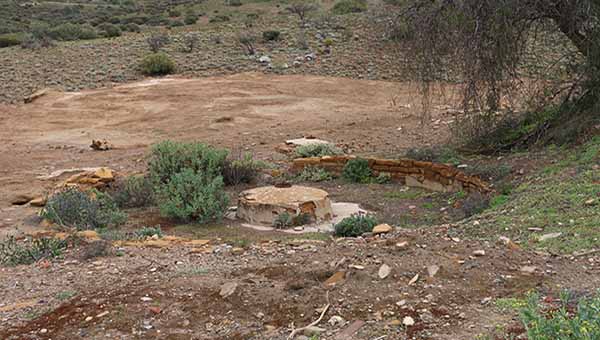
Other remains include a dam wall, mine shafts, windinghouse, crusherhouse and powerhouse sites, coarse tailings dump, slimes dump and slag heap. Miners used curious circular structures, called buddle pits, to concentrate finely crushed copper minerals. These devices were developed in Cornwall and brought to South Australia in the 1860s.
Blinman Township
The township of Blinman is also named after the shepherd who discovered the copper. Located scenically in the central Flinders Ranges, Blinman is the highest surveyed-town in South Australia. Today there is a permanent population of 22, plus the residents of the surrounding pastoral properties.
As well as the Underground Mine Experience, Blinman services include a General Store, Post Office Agency and the North Blinman Hotel which also offers accommodation and dining. Accommodation is also available in cottages and on surrounding pastoral properties.
The General Store also offers great coffee and tasty Aussie food and we tried Cornish pasties available from there. This was a real treat with the usual pastie contents in three-quarters of the pastry and apple tucked in one end. The traditional Cornish pastie makes for a very delicious meal.
John and I visited Blinman in 2009 when filming our video The Magic of the Flinders Ranges. Then the underground tour wasn’t available. So we were keen to head back there when we heard that the mine tour had opened.
The Heritage Blinman Mine Underground Experience was excellent, took longer than the advertised hour duration and was well worth the deviation we took to visit it. See more at www.heritageblinmanmine.com.au.
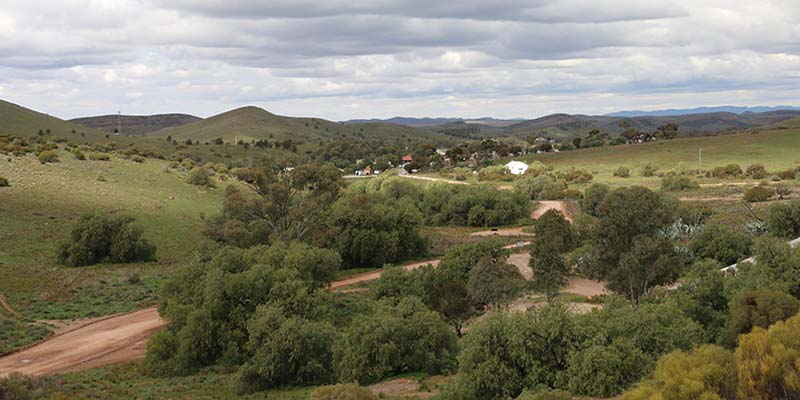
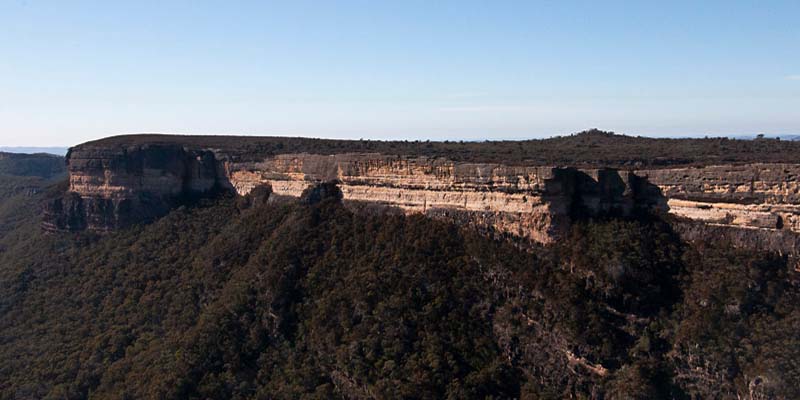
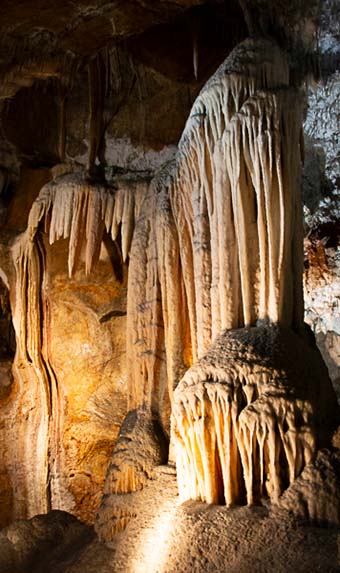
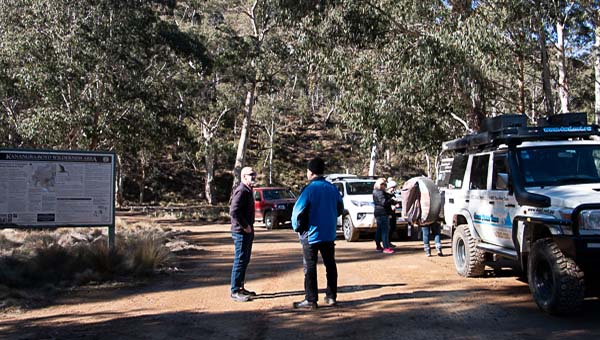
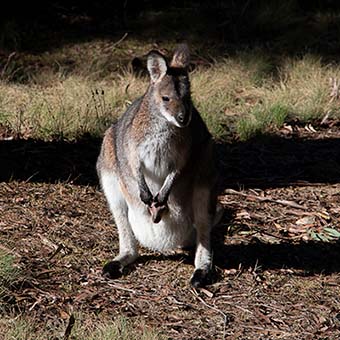
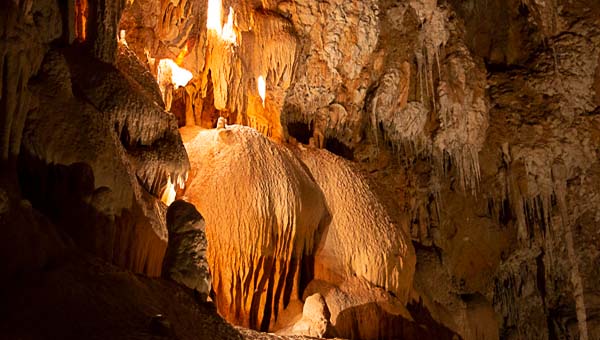
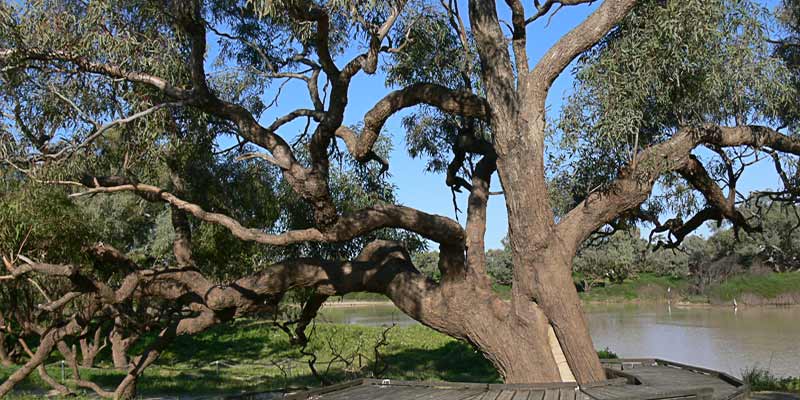
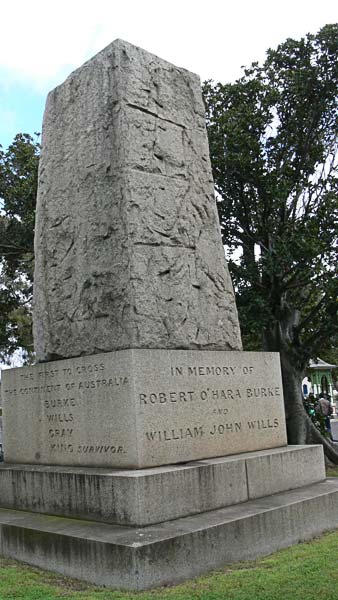
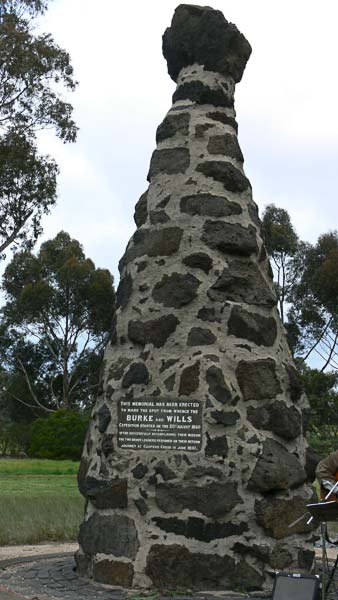
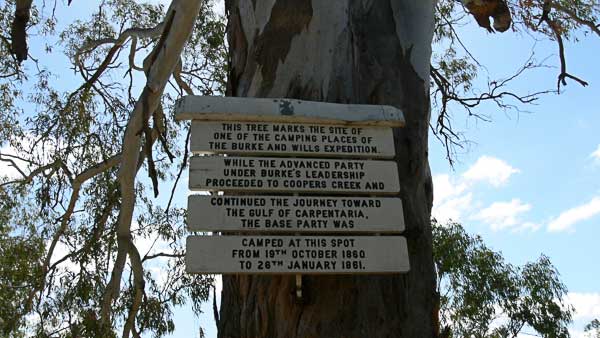
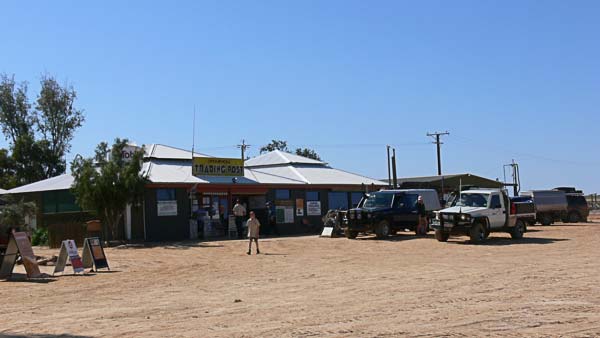
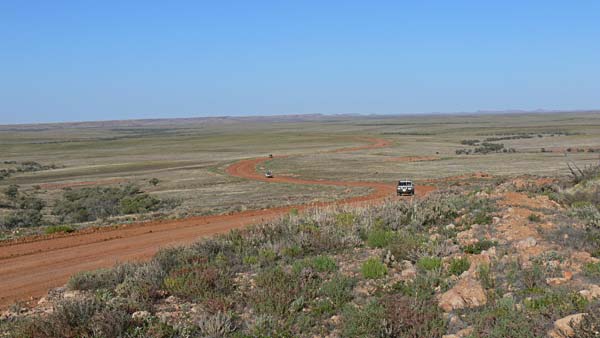
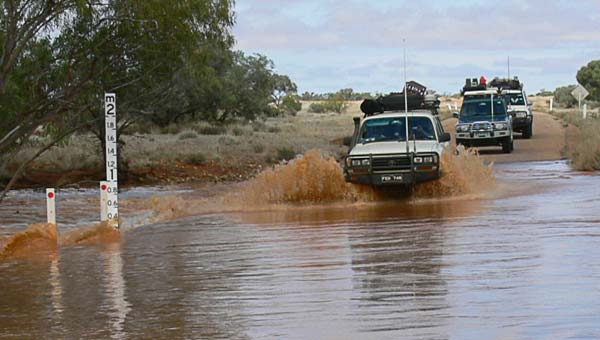
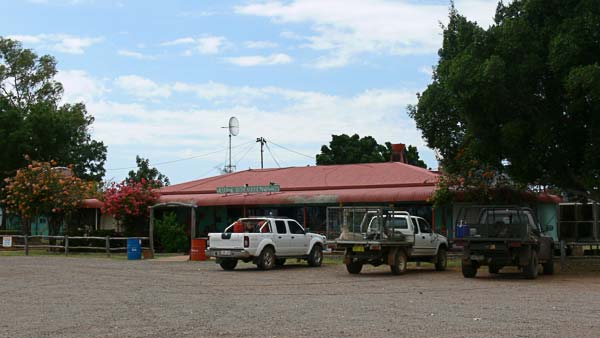
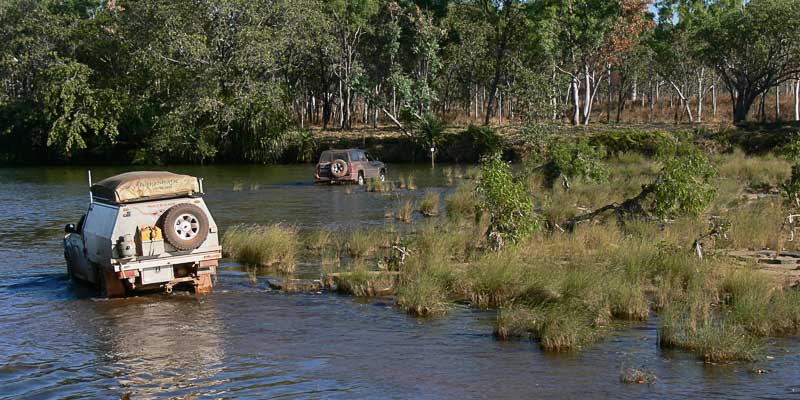
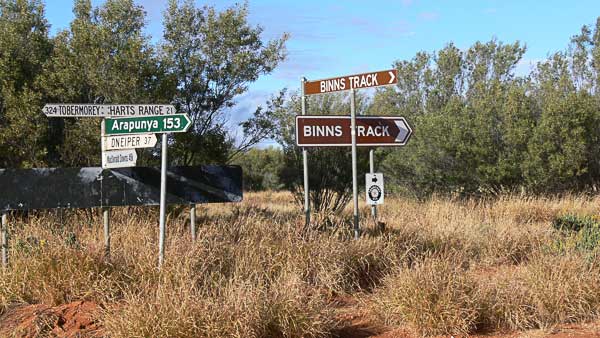
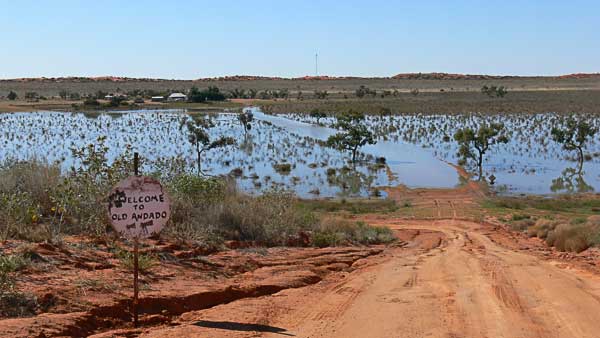
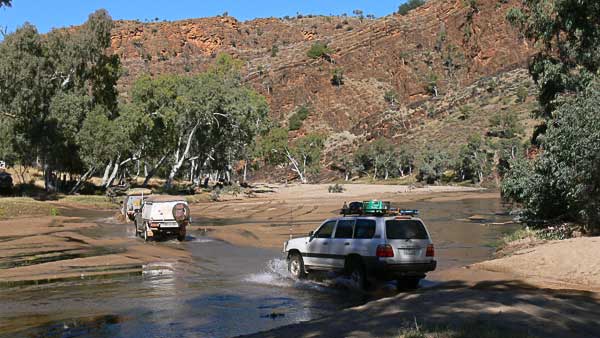
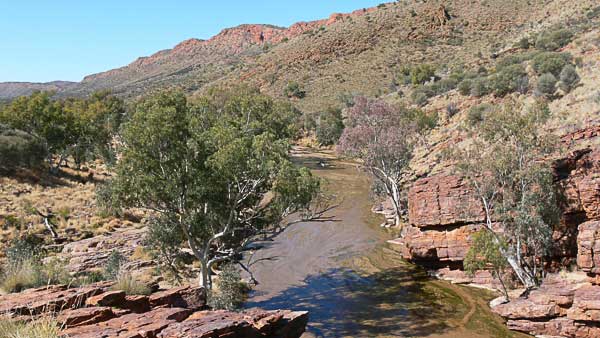
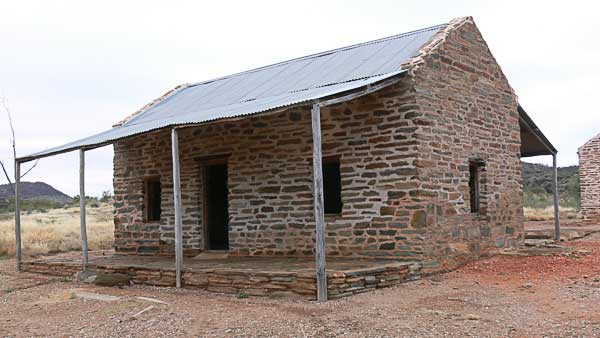
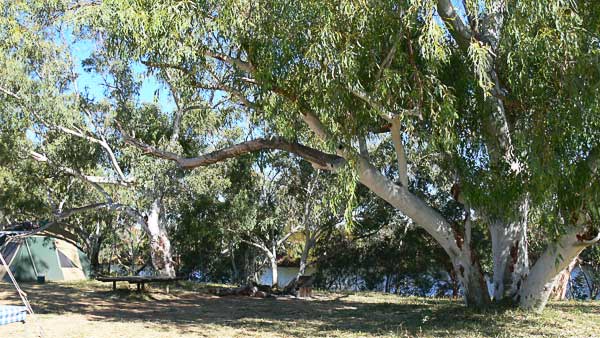
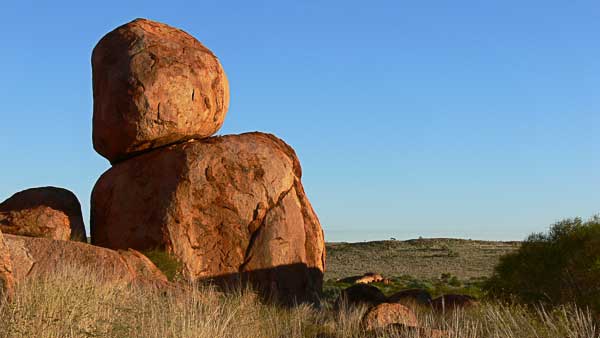
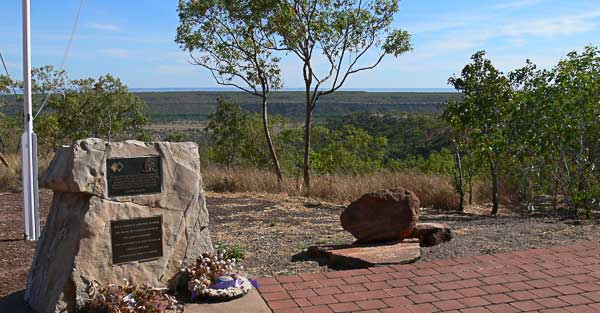
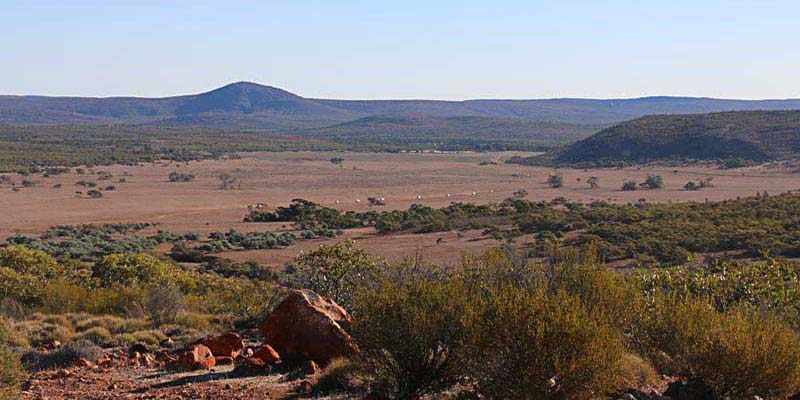
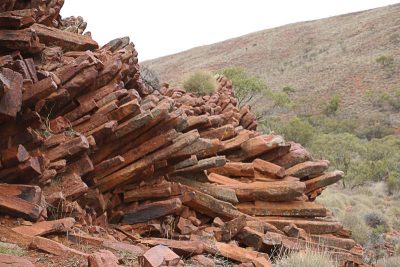
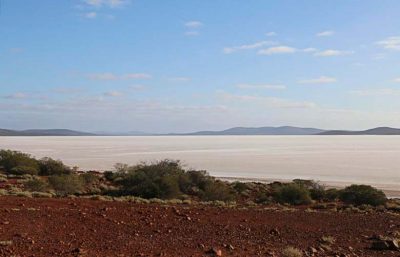 Lake Gairdner is the third largest salt lake in Australia. Its surface is very firm (unless there has been rain), with salt over 1.2 metres thick in some places. It is used annually for Speed Week and race events organised by the Dry Lake Racers Association, when hordes of competitors bring their purpose-built vehicles for the occasion.
Lake Gairdner is the third largest salt lake in Australia. Its surface is very firm (unless there has been rain), with salt over 1.2 metres thick in some places. It is used annually for Speed Week and race events organised by the Dry Lake Racers Association, when hordes of competitors bring their purpose-built vehicles for the occasion.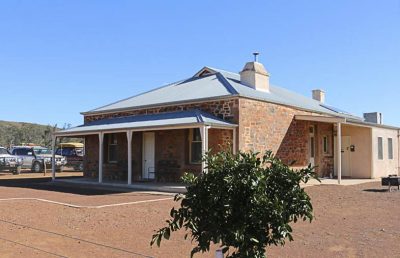
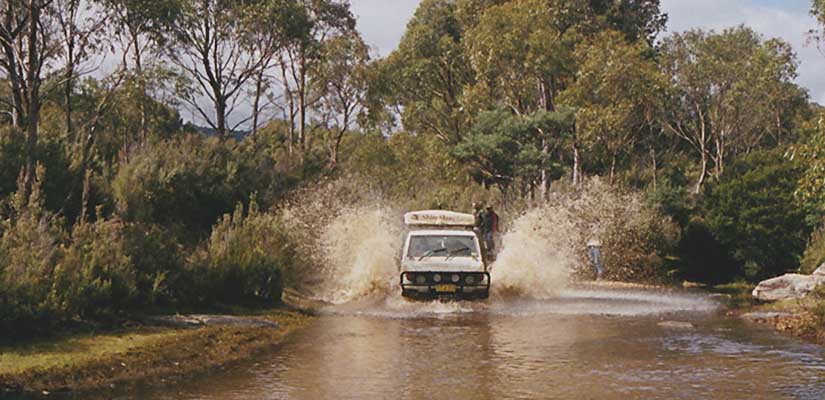
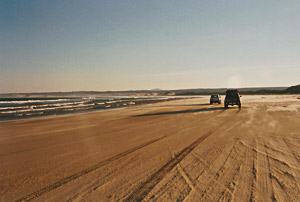 But the best beach driving in Australia is also the most hazardous, so only experienced four-wheel drivers, travelling in well-equipped four-wheel drives, in company with a couple of other vehicles, should attempt this drive.
But the best beach driving in Australia is also the most hazardous, so only experienced four-wheel drivers, travelling in well-equipped four-wheel drives, in company with a couple of other vehicles, should attempt this drive.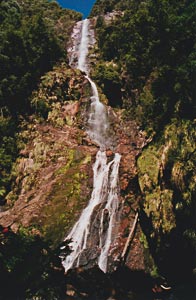
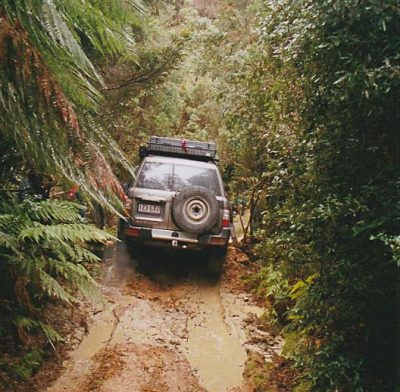 The Saw Back Range track is accessed from the Gordon River Road through a locked gate. The key must be obtained from the Parks Tasmania office at Mt Field National Park.
The Saw Back Range track is accessed from the Gordon River Road through a locked gate. The key must be obtained from the Parks Tasmania office at Mt Field National Park.